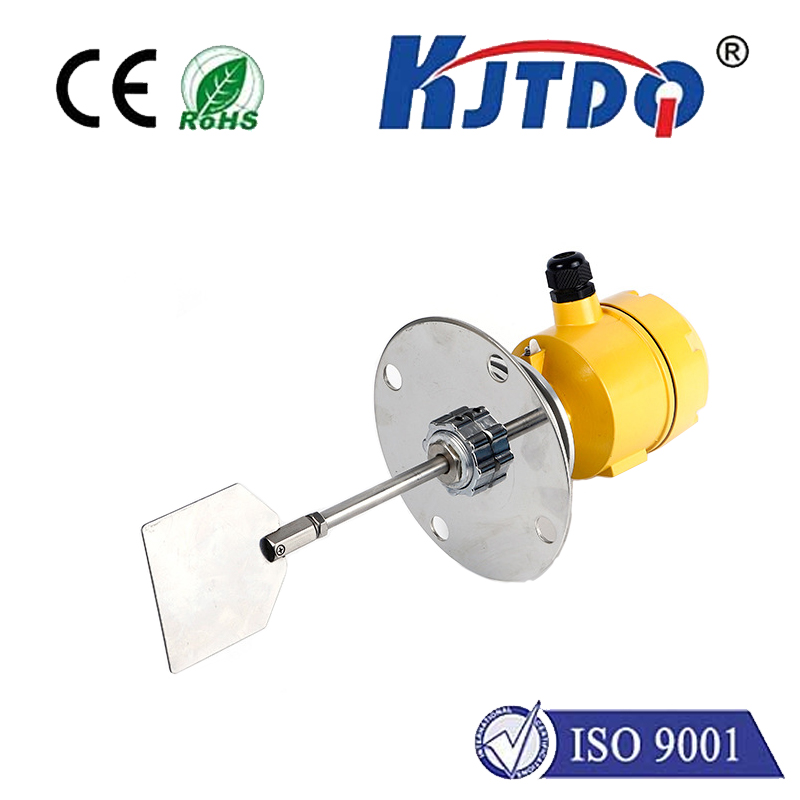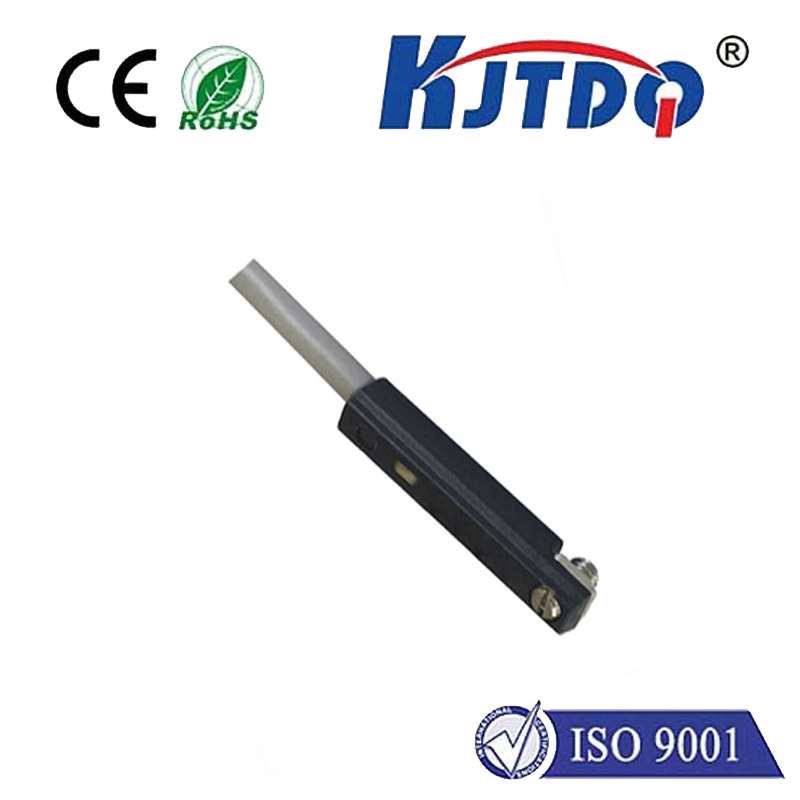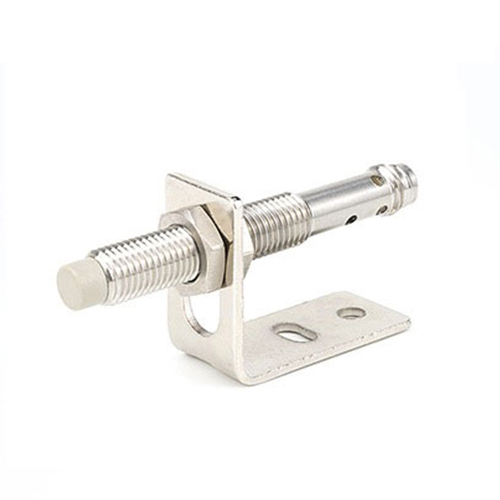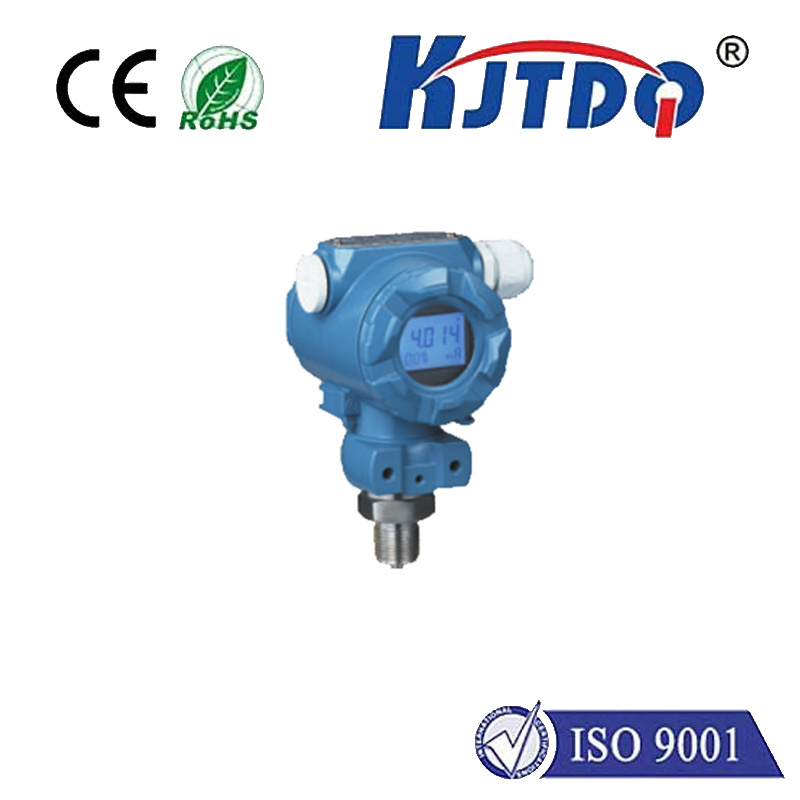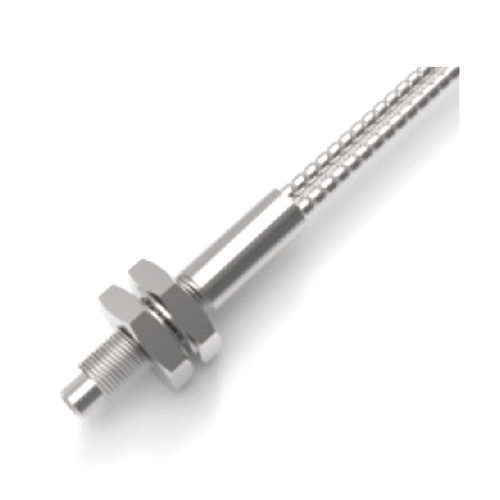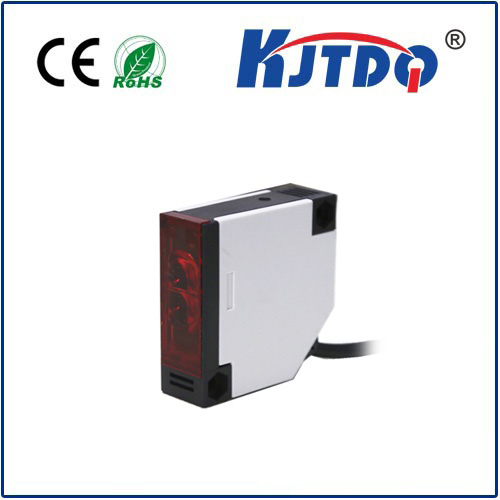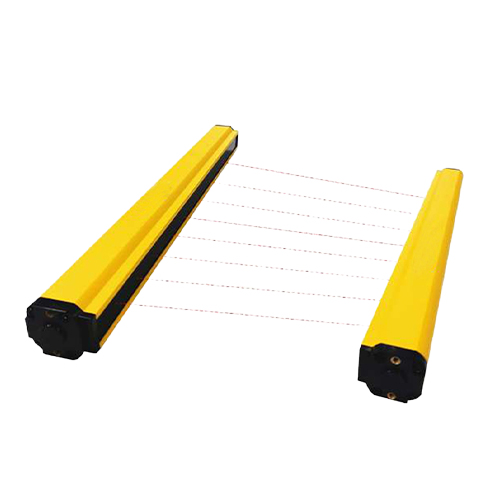digital temperature probe
- time:2025-08-20 01:05:12
- Нажмите:0
The Digital Temperature Probe: Your Gateway to Precision Thermal Monitoring
Forget guesswork and smudged mercury lines. The era of analog thermometers is rapidly giving way to the era of the digital temperature probe – a compact, intelligent sensor revolutionizing how we measure heat across countless fields. From ensuring your steak is perfectly cooked to safeguarding complex industrial processes or groundbreaking scientific experiments, these unassuming devices deliver accuracy, speed, and connectivity that traditional methods simply cannot match. But what makes them so indispensable, and how do they truly work?
The Core of the Probe: From Heat to Data
At its heart, a digital temperature probe functions as a sophisticated interpreter. It replaces fragile glass and imprecise dials with electronic components designed for reliability and precision:
- The Sensing Element: This is the frontline soldier, physically interacting with the environment. Common types include:
- Thermistors: Highly sensitive resistors whose resistance changes dramatically with temperature. Ideal for fast response times in narrower ranges.
- RTDs (Resistance Temperature Detectors): Typically made of platinum wire, their resistance changes linearly and predictably with temperature. Known for exceptional accuracy and long-term stability, especially in industrial settings.
- Thermocouples: Generate a small voltage proportional to the temperature difference between two dissimilar metal junctions. Offer wide temperature ranges and ruggedness, excellent for harsh environments or very high/low temperatures.
- Semiconductor Sensors: Integrated circuits that output a voltage or digital signal directly proportional to temperature. Provide good accuracy, linearity, and easy integration into digital systems.
Signal Conditioning & Analog-to-Digital Conversion (ADC): The raw signal from the sensing element (a change in resistance, voltage, etc.) is tiny and noisy. Signal conditioning circuitry amplifies it and filters out interference. Critically, an ADC converts this analog signal into a precise digital value – the language computers understand.

Probe Design & Deployment: The sensing element is housed within a protective probe tip, often made of durable stainless steel. The design varies drastically:
- Penetration Probes: Sharp tips for piercing food or inserting into materials.
- Surface Probes: Flat contacts for measuring surface temperatures.
- Immersion Probes: Waterproof designs for liquids (soups, chemicals, baths).
- Air Probes: Designed for ambient or airflow measurements.
- Specialized Probes: For high pressure, corrosive environments, or specific industries.
- Connectivity & Display: The digital signal travels via a cable or wirelessly (Bluetooth, WiFi) to a display unit or directly into a control system. This is where the digital readout shines – clear, unambiguous numbers, often to a fraction of a degree.
Why Go Digital? The Compelling Advantages
Choosing a digital probe over its analog ancestors is driven by distinct, powerful benefits:
- Accuracy & Resolution: Digital probes offer far superior accuracy (often ±0.1°C or better for higher-grade models) and resolution (0.1°C or 0.1°F display increments are standard), eliminating parallax errors inherent in reading glass thermometers.
- Speed: Faster response times mean you get the actual temperature quicker, especially crucial in fast-changing environments like cooking or process control.
- Data Logging & Connectivity: Modern digital probes often transmit data wirelessly to smartphones, tablets, or PC software. This enables:
- Real-time monitoring and alerts.
- Recording temperature over time (crucial for HACCP compliance, scientific experiments, or process validation).
- Remote monitoring from anywhere.
- Durability & Safety: No fragile glass or hazardous mercury. Durable probe designs withstand drops, immersion, and challenging conditions much better.
- Ease of Use & Readability: Large, backlit digital displays are easy to read in any lighting. Features like min/max memory, hold functions, and unit conversion (C/F) add significant convenience.
- Многогранность: With interchangeable probes or specialized designs, Один. digital base unit can serve numerous functions – from checking oven temperature to monitoring engine coolant or laboratory incubators.
Where Precision Matters: Key Applications
The versatility of digital temperature probes makes them ubiquitous:
- Food Industry & Culinary Arts: Ensuring food safety (critical control points), achieving perfect doneness, monitoring fridge/freezer temps, calibrating equipment. High-accuracy probes are vital for HACCP compliance.
- Scientific Research & Laboratories: Precise temperature control and monitoring in experiments, incubators, water baths, environmental chambers, and sample analysis. Data logging capabilities are particularly valued here.
- HVAC & Building Management: Monitoring ambient temperatures, ductwork, refrigerant lines, and optimizing climate control systems for energy efficiency.
- Industrial Process Control: Essential for maintaining specific temperatures in manufacturing processes (chemical reactions, plastics, metals, pharmaceuticals), machinery health monitoring (bearings, motors), and quality control.
- Automotive & Engineering: Diagnosing cooling system issues, checking engine components, monitoring fluid temperatures.
- Здравоохранение: Monitoring sterilization equipment (autoclaves), incubators, refrigerators storing vaccines/medications, and some specialized patient monitoring scenarios.
- Home Use: Beyond cooking thermometers, monitoring room temperature, aquariums, home brewing, or reptile terrariums.
Choosing Your Perfect Probe: Key Considerations
Not all digital temperature sensors are created equal. Selecting the right one demands understanding your specific needs:
- Required Range: What temperatures will you typically measure? (-50°C to 150°C for a kitchen probe vs. -200°C to 1800°C for specialized thermocouples).
- Required Accuracy: How critical is ±0.1°C vs. ±1°C? Higher accuracy usually costs more.
- Response Time: How quickly must it react? Thermistors are fastest; RTDs and thermocouples can be slower depending on probe sheathing.
- Probe Type: Penetration, surface, air, immersion? Must it be waterproof? What length? Material compatibility (e.g., for corrosive substances)?
- Долговечность: Will it face physical stress, moisture, chemicals, or extreme temperatures?
- Connectivity & Features: Do you need wireless data logging? Alarms? Min/Max? A backlit display? Calibration capabilities?
- Calibration: Can it be easily calibrated? Does it require NIST traceable documentation? Regular calibration is vital for maintaining accuracy.
The digital temperature probe is far more than just a modern thermometer. It’s a sophisticated tool delivering unprecedented precision, connectivity, and insight into the thermal world. Whether you’re a chef crafting culinary perfection, a scientist unlocking new discoveries, an engineer optimizing a process, or simply ensuring your home is comfortable and safe, the right digital probe empowers you with reliable, actionable data. Embrace the clarity and control that digital thermal monitoring offers – it’s an investment in accuracy and efficiency that pays dividends across countless applications.

